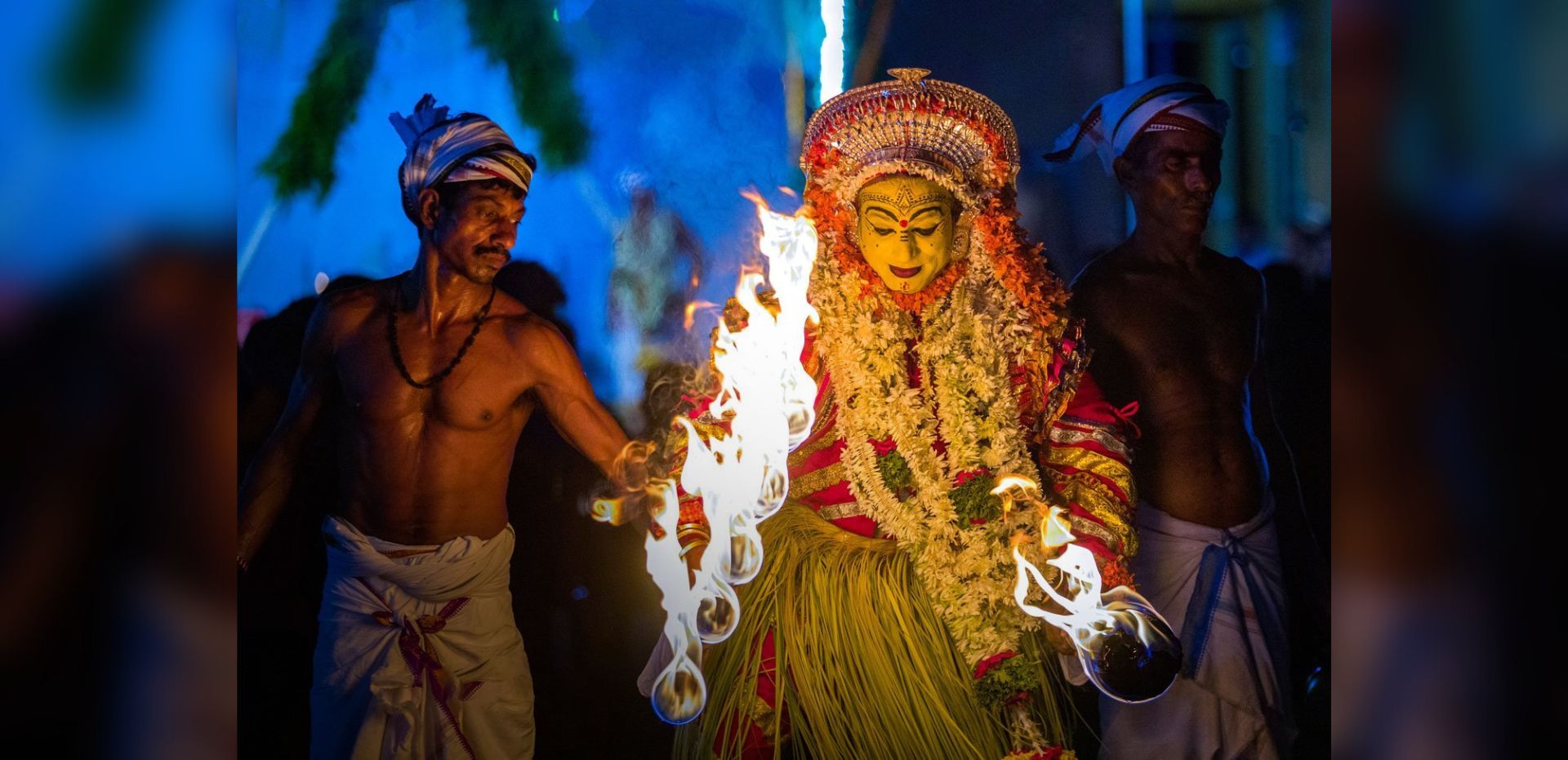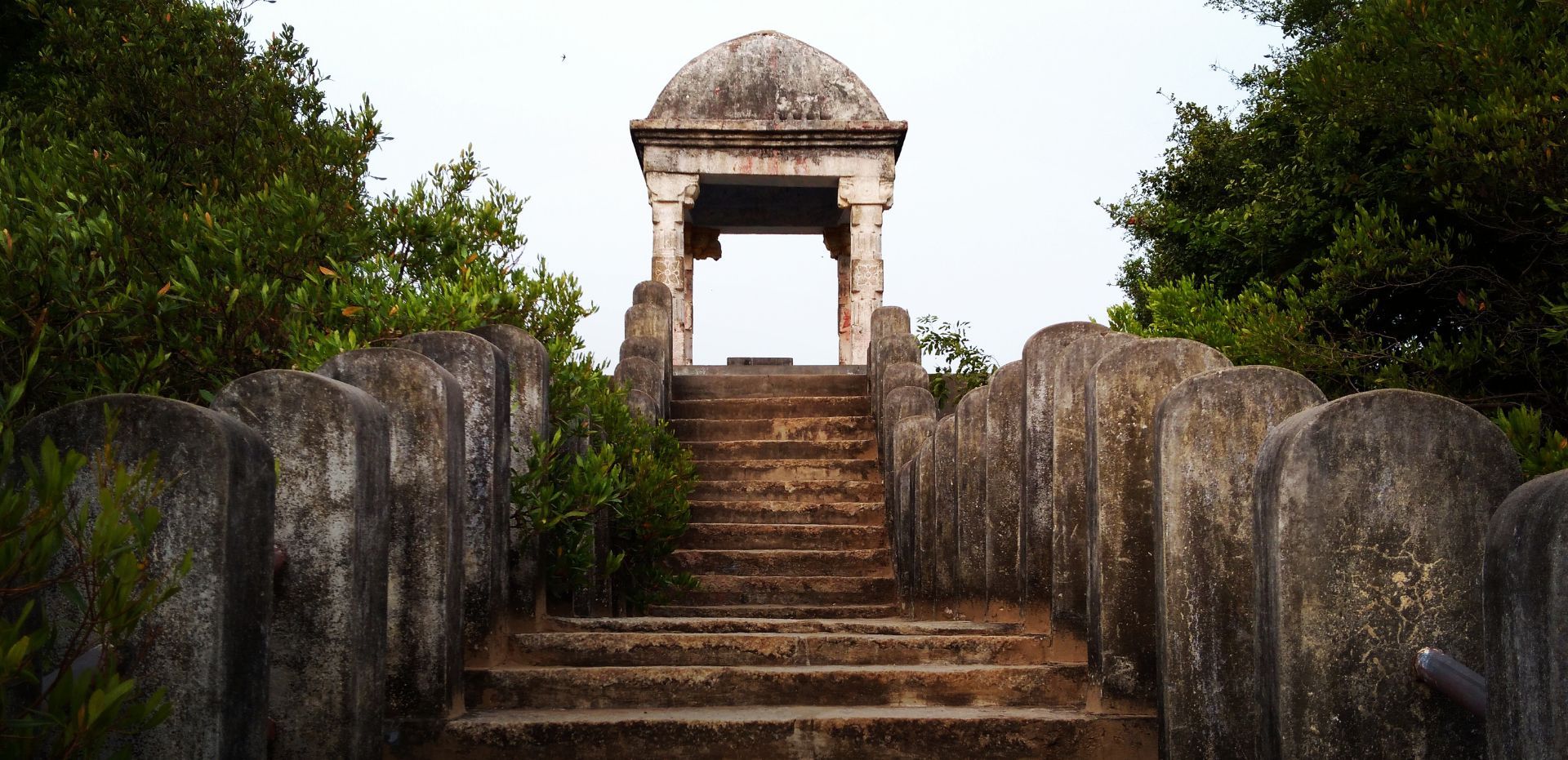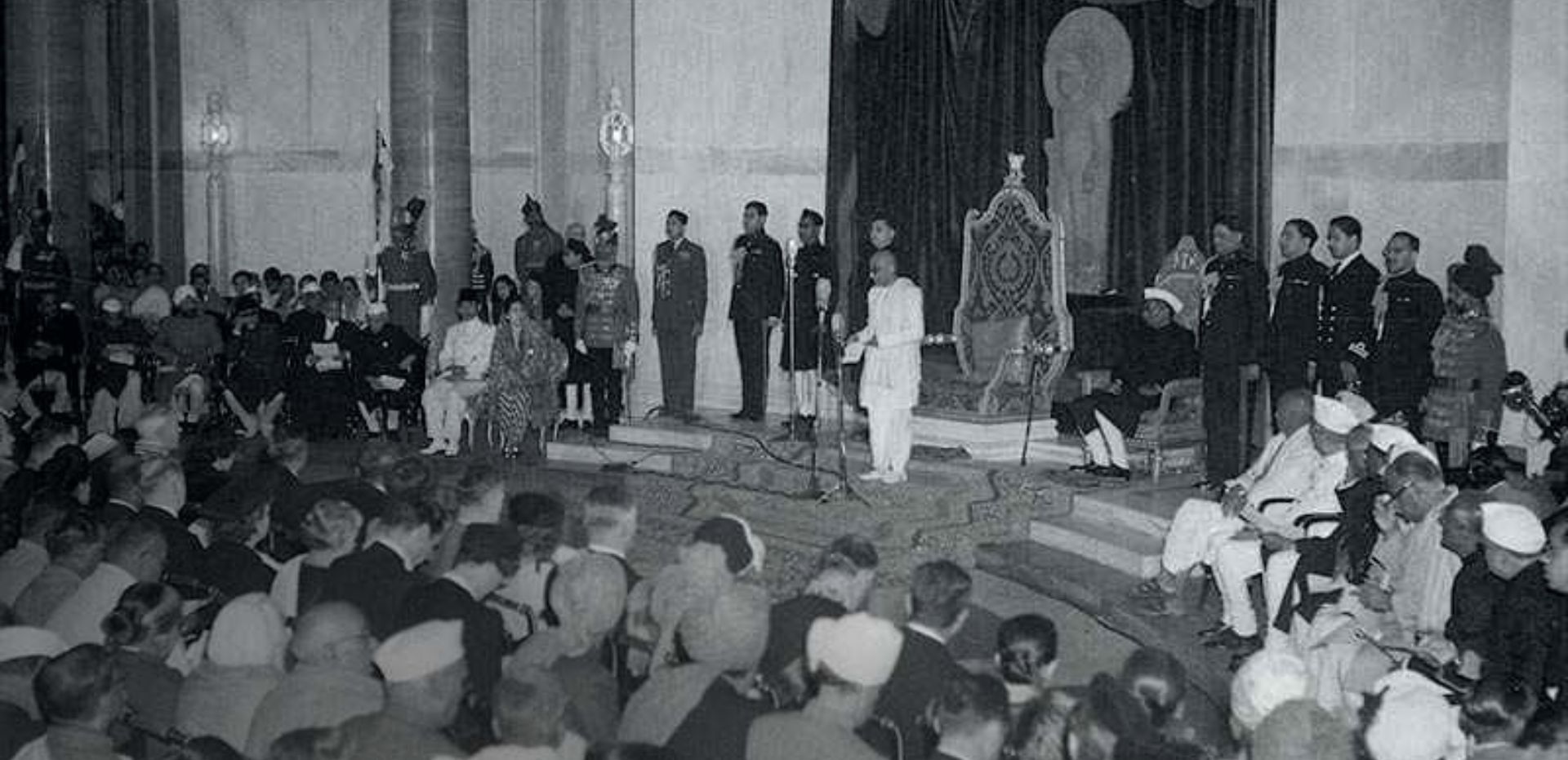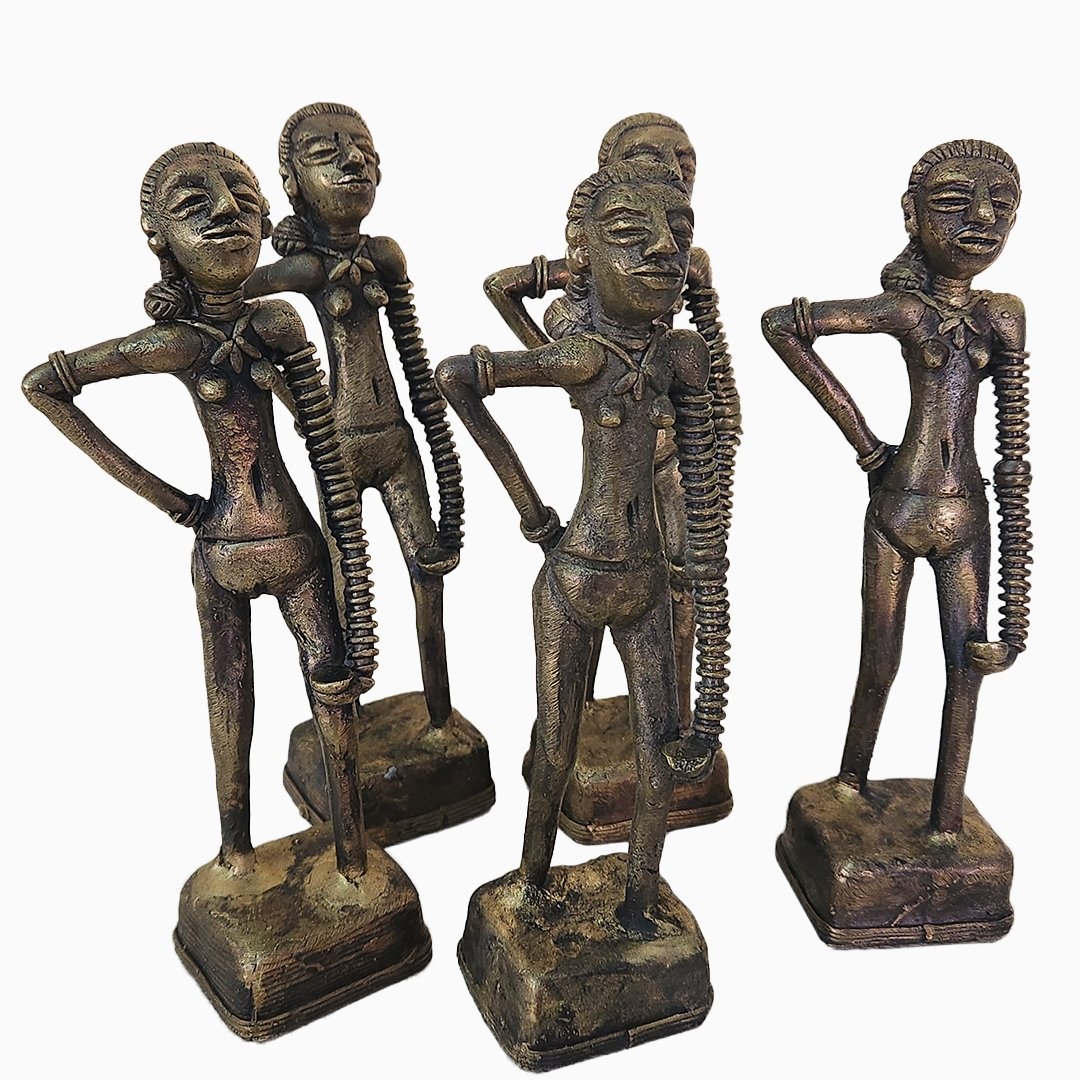Kailasanatha Temple: Jewel of Kanchi
BOOKMARK
The sheer beauty of the Kailasanatha Temple of Kanchipuram is said to have saved the city from being destroyed. Probably one of the earliest stone temples built in South India, it also motivated many great rulers, from Chalukyan king Vikramaditya to Rajaraja Chola, who took their inspiration from this shrine dedicated to Shiva, to create masterpieces like the Virupaksha Temple in Pattadakal, in Northern Karnataka and the Brihadeshwara Temple in Thanjavur.
It was Pallava king Narasimha Varman who built the Kailasanatha Temple around 700 CE and called it the ‘Kanchi Mahamanihi’ or the ‘Great Jewel of Kanchi’. The Pallavas, who originally came from the Andhra region, ruled the northern part of present-day Tamil Nadu from the 4th to the 9th centuries CE, with their capital in Kanchipuram.
The Kailasanatha Temple was among the earliest monuments they left behind. In fact, many historians point out that this shrine may have been the inspiration for the Southern stone-built temples the region is so famous for.
Originally called the ‘Rajasimheswara Graham’, which translated to ‘Shiva temple of Rajasimha’ (one of the many titles of Narasimha), King Narasimha Varman himself and in fact the Pallava dynasty as a whole, adopted the lion as an emblem for their dynasty and you can see it all over the temple. Narasimha Varman is also known for constructing the famous shore temples at Mamallapuram a few years after the Kailasanatha Temple.
This sandstone shrine wasn’t just an aesthetic accomplishment, it was also a technical innovation. Noted historian and archaeologist Dr R Nagaswamy, who has studied the temple extensively, says it was the first temple in Southern India to be constructed by joining pieces of stone together. He says this temple is among the earliest monuments in stone in Southern India. Until then, temples were either made using wood or by excavating and carving rock. The complex has retained its original elements without many additions. It is the earliest surviving temple in the ancient city of Kanchi.
According to Dr Nagaswamy, “If you understand this temple, you understand what is a Hindu classical temple.” He adds that all the constituents of Indian classical arts are referred to at the temple, whether dance, music or architecture.
The temple complex is a perfect rectangle and has four structures dating back to the 8th century CE – the pyramidal, tower-like structure over the sanctum of the central shrine or vimana, the porch-like mandapa, the boundary wall, as well as a temple Narasimha Varman’s son built during his father's lifetime.
Another exceptional feature of the temple is that the only major structural addition at a later date was the construction of an ardhamandapa, or half-open pavilion, after the 14th century, which connected the mandapa with the central shrine. Besides the addition of this element, the temple has maintained the integrity of its 8th century CE physical form and layout.
The temple is dedicated to Lord Shiva and hence all the shrines in the temple complex are dedicated to the deity. Besides the central shrine, which rests under the vimana, there are seven smaller shrines on the exterior of the central shrine. Shiva is worshipped in the Linga form in this temple and the walls here are covered with sculptures of Shiva.
The Mahendravarmaneswara Temple at the eastern end of the complex, which was added by Narasimha Varman’s son Mahendravarman, has a Dharalinga (a Linga with 5 to 64 fluted faces).
The circumambulatory boundary wall has 58 smaller shrines in its walls, some of which were built by the wives of King Narasimha Varman.
The most outstanding feature of the temple is the sculptures that cover almost every surface. Shiva, who is the main deity here, has been carved in various postures and performing various activities here, with his consort Parvati – vanquishing Kala, in his mendicant form, dancing while balancing on one knee, playing a musical instrument and even riding into battle with his army.
At the base of the central shrine is an exquisite depiction of Shiva’s ganas engaged in merriment. One can also see the depiction of Harihara, Ganesha, Durga, Skanda and Vishnu, while the mandapa has depictions of four devis or goddesses – Lakshmi, Saraswati, Durga and Jestha.
The walls, pillars and base of the temple, especially the mandapa, and the central shrine have many inscriptions, many of them going back to the time of the temple’s construction by Narasimha Varman, as well as to later kings who visited the temple.
The inscription of Narasimha Varman can be grouped into three categories: Calligraphic scripts, titles and foundation inscriptions.
Dr Nagaswamy has interpreted the main inscriptions in the temple, which are in the Pallava Grantha script and in the Sanskrit language. The inscriptions wrap around the base of the temple in anti-clockwise direction, and refer to the construction of the temple. In one of the inscriptions, Narasimha Varman says that he ordered this temple to be built to fulfil the desires of the people.
Besides Narasimha Varman, the temple also has inscriptions by his mother, son Mahendra Varman and his wives.
Dr Nagaswamy has also interpreted the inscriptions on the mandapa, which are from later times and are important historic records. One was by Chalukyan king Vikramaditya who conquered Kanchipuram 30 years after the construction of the temple. According to the inscription, he was so astounded by the glory of the temple that he didn’t destroy the city as he had originally intended to and, in fact, modelled the Virupaksha Temple at Pattadakal on the Kailasanatha Temple. Rajaraja Chola, who is known for building the grand Brihadeshwara Temple in Thanjavur, also left an inscription here, revelling in the beauty of this temple.
According to historian Dr Padma Kaimal of Colgate University in the United States, while the circumambulation in most Hindu temple is supposed to be in the clockwise direction, the sculptures and inscriptions on the exterior of the main shrine here suggest that at the Kailasanatha Temple, it was originally in the anti-clockwise direction.
Dr Nagaswamy says that Narasimha Varman built the temple as a symbol of his power and wealth, and used it to project his might. It was supposed to be atimananam, which means ‘absolutely magnificent in measure and form’, as well as atyadbhutam, ‘unsurpassed in splendour’.
Today we see a stark stone facade but it was originally richly painted in bright colours. Not only were the walls covered in paintings but the sculptures too were covered in radiant colours. While most of the paintings have been lost and the temple is in need of restoration, one can still see some hints of the paintings on some of the interior walls and remnants of the plaster on many of the sculptures.
The Kailasanatha Temple of Kanchipuram is a study in the coming together of faiths and the arts, and one needs to visit it to truly appreciate the height that Indian temple art and architecture achieved more than a millennium ago.

























